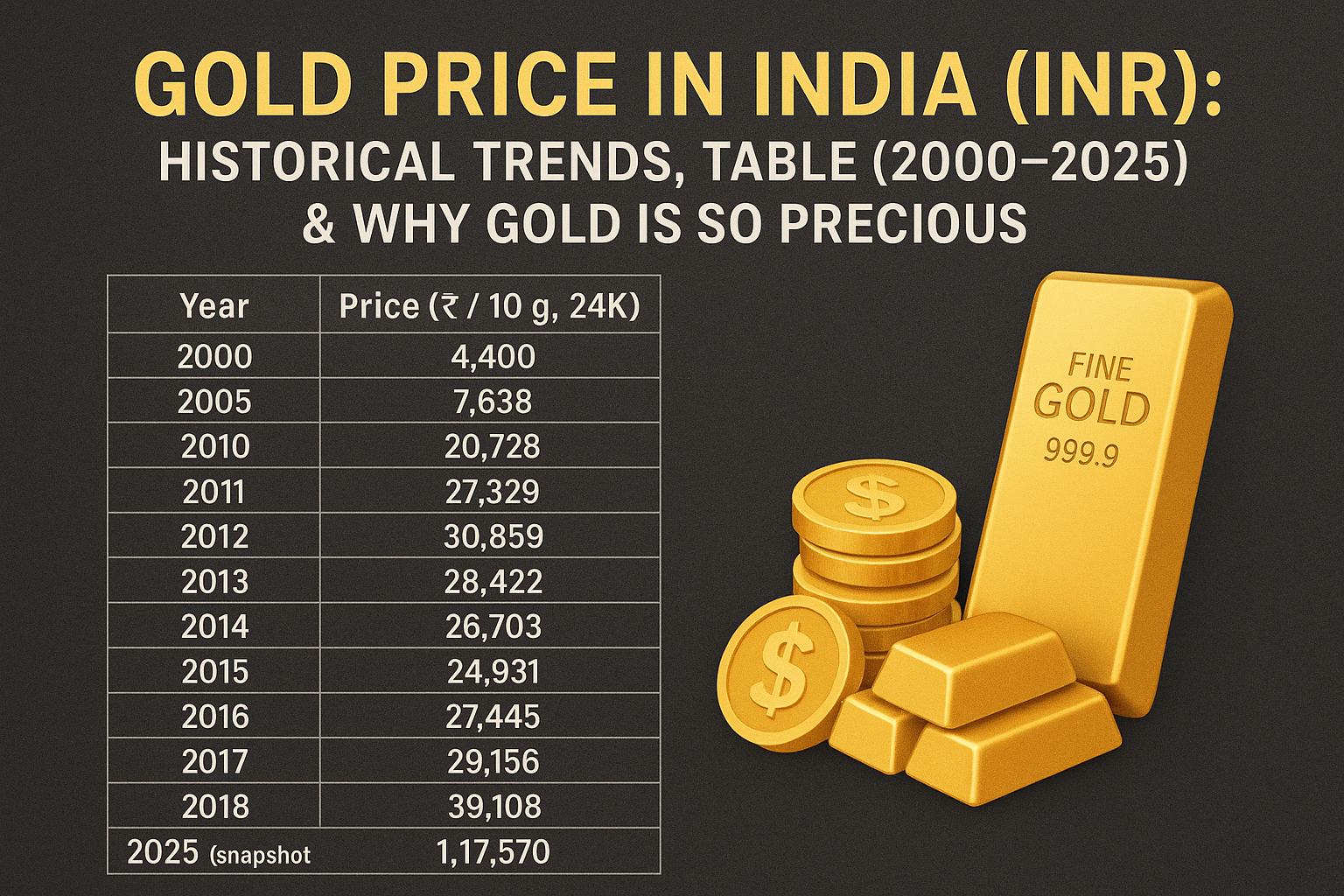-
Varinder Singh Ghuman — the life, the rise, and sudden loss
Varinder Singh Ghuman emerged as one of India’s most recognisable bodybuilders — a towering, muscular figure who crossed over into films and inspired many aspiring athletes. His passing on 9 October 2025 shocked the fitness and film communities. Below is a factual, balanced account of his life and career, what is reported about the cause…
Written by

-
Beyond Currency: Can Humanity Exist Without Money? Understanding the Origins, Purpose, and Consequences of Wealth in Human Civilization
Introduction Money is one of humanity’s most influential inventions — yet, paradoxically, it is nothing but paper, metal, or digits on a screen. Why, then, does it hold such immense power over our lives? Every human activity today, from survival to luxury, seems to orbit around money. But is this dependence natural or constructed? Could…
Written by

-
Pt. Chhannulal Mishra — The Voice of Banaras
Introduction Pandit Chhannulal Mishra (3 August 1936 – 2 October 2025) was one of the most beloved and authoritative voices of the Banaras tradition of Hindustani classical music. Renowned for his command over khayal and the Purab-ang (the eastern style) — especially Thumri, Dadra, Kajri and Chaiti — he combined rigorous classical training with intense…
Written by
-
How the U.S. Government Works: Federal and State Roles
Introduction The United States government is one of the most influential democratic systems in the world. It operates under the principle of federalism, where power is shared between the national (federal) government and the individual state governments. This structure ensures a balance between unity and regional autonomy, preventing either level of government from becoming too…
Written by
-
National Daughters Day: Where we reached now?
Every year, National Daughters Day is celebrated to recognize the role of daughters in our families, communities, and society at large. It is not just a day of affection and appreciation but also a reminder of the ongoing struggle for gender equality, dignity, and safety for girls and women worldwide. Origin and Background of National…
Written by

-
India’s Gold Price Journey (2000–2025): What Makes Gold So Valuable?
Quick summary Below is a concise, sourced table of annual / representative gold prices in India quoted as 24-karat gold per 10 grams (INR) for selected years between 2000 and 2025. After the table I explain why gold is prized, what drives its price (global + domestic factors), and how investors in India typically treat…
Written by

-
Cryptocurrencies: The Digital Revolution in Money
Cryptocurrencies are one of the most disruptive innovations of the 21st century. They challenge the traditional financial system, offering a decentralized form of money that exists entirely online. While they bring opportunities for investment and global trade, they also spark regulatory concerns, volatility issues, and debates about their legitimacy. This blog explores cryptocurrencies in detail…
Written by



